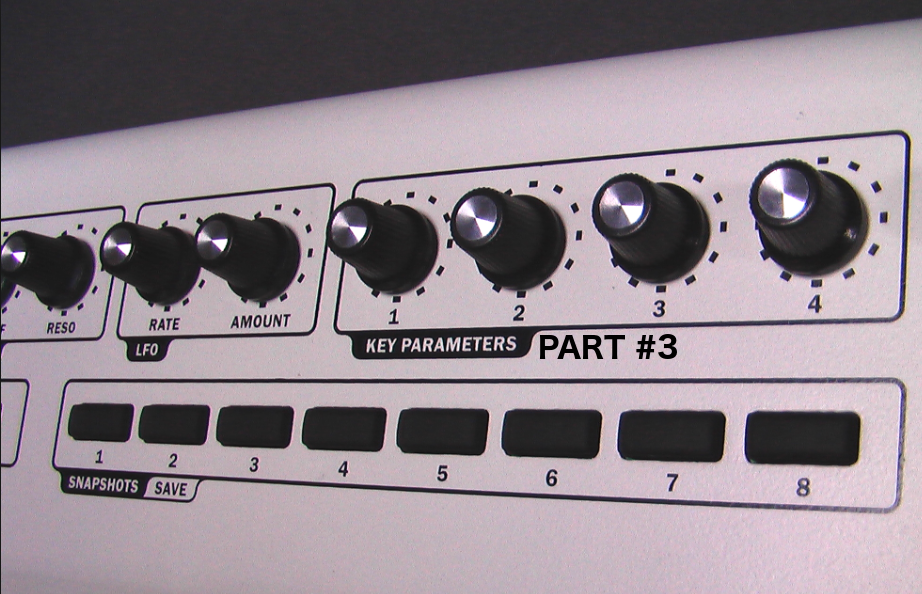In this session we continue analysing the most important Logistics Parameters to be considered during the development of an eCommerce Logistics Business Case.
In order to reduce the complexity, we have identified 12 Key Logistics Parameters.
These 12 Logistics Parameters are always present in any eCommerce Logistics project, but there are others that are strictly related to the specific project to be aside analysed.
Anyway, once you have identified these 12 parameters and you have understood how to measure and control them, you can consider your project well started!
In the previous sessions we have analysed the following six Key Logistics Parameters:
- Production Through
- Peak Quantity
- Number of SKU’s
- Order Qty
- Max Package Gross Weight
- Max Package Dimensions
The above Logistics Parameters are strictly related to the configuration of the processes of Inbound, Storage and Outbound flow.
In this session we introduce other 3 Key Logistics Parameters that are more related to the Delivery flow.
These three Key Logistics Parameters refer to the Delivery process.
7. Premium Package impact during warehousing
We have already mentioned about Standard and Premium Packaging in eCommerce Logistics inside the session dedicated to the Definition of general eCommerce business requirements.
We saw how critical is packaging requirement , also because its definition has impacts at different levels. Therefore it is fundamental that all parties are properly involved in its definition, as Digital Marketing, Retail Operations, Brand Image and also Supply Chain Logistics.
Now it is the time to give a measure to the impact of Packaging requirement.
The minimum level of packaging eCommerce Merchants can adopt is the one used in B2B, in this case the parameter will be 100%.
With a standard packaging there is minimum impact in terms of costs during the outbound phase in the warehouse as the packing operations is very simple and fast. On the other hand I need to say that it is very uncommon to apply a standard packaging in case of eCommerce, because Merchants give great importance to the Customer Experience during the delivery of their packages and this package is very rude.
As Customer experience is key in eCommerce, usually Merchants invest a lot of efforts in trying to organise the delivery to the end consumer as the client is staying in a store.
For this reasons very often the packaging requirements can be very elaborated and, consequently, their impact in terms of operational costs needs to be duly considered while building a consistent Business Case.
If a B2B packing operations can take max 15 seconds per unit, in some cases Luxury Brands require very sophisticated packaging that can take more than 6 minutes per unit.
Regardless the cost of material, that is not covered by this Business Case, the impact in terms of outbound costs in the warehouse can be tremendous.
In our exercise we will assign to both scenarios the same percentage of additional complexity due to Premium Packaging, considering that in case of Luxury even the Standard packaging is several times more sophisticated than the standard one for Regular.
- LUXURY FASHION – PREMIUM PACKAGE WHS = 475%
- REGULAR FASHION – PREMIUM PACKAGE WHS = 475%
8. Premium Package impact during Transportation
Premium Packaging has a certain impact also on Delivery costs, but not so relevant as for the Outbound costs in the warehouse.
This Key Logistic Parameter is a second level’s driver for estimating the Forwarding costs.
In our exercise we will assign to both Luxury and Regular Brands same impact.
- LUXURY FASHION – PREMIUM PACKAGE TRSP = +10%
- REGULAR FASHION – PREMIUM PACKAGE TRSP = +10%
9. Incoterms
Incoterms are trade terms published by the International Chamber of Commerce (ICC) that are commonly used in both international and domestic trade contracts.
Incoterms, which is short for “international commercial terms,” are used to make international trade easier by helping traders who are in different countries to understand one another.
Trade terms used in different countries may appear identical on the surface, but they actually have different meanings as they are used domestically.
Incoterms are internationally recognized and prevent confusion in terms of foreign trade contracts by helping sellers and buyers understand their obligations in any transaction.
Some common examples of Incoterms rules for any mode, or multiple modes, of transportation include delivered at terminal (DAT), delivered duty paid (DDP) and ex works (EXW).
A possible option to be considered for eCommerce is also DDU (Delivery Duty Unpaid). In this case Customs and VAT have to be paid by the final client to the courier at the delivery of the package.
The commonly accepted standard Incoterms for eCommerce delivery is DDP.
The eCommerce trader englobes the Customs Duties and VAT in the price and paying taxes through its own local broker.
Delivered duty paid indicates that the seller assumes all the risk and transportation costs, and the seller is obligated to clear the goods for import and export. Moreover, the seller must pay duties for both export and import if the goods are shipped under DDP.
In our exercise we will apply DDP Incoterms to both scenarios
- LUXURY FASHION – INCOTERMS = DDP
- REGULAR FASHION – INCOTERMS = DDP
In this session we have analysed the 3 Key Logistics Parameters connected to the configuration of the Delivery processes.
In the next session we will complete the exploration of the Key Logistics Parameter examining one of the most critical process in eCommerce that is Merchandise Return from Client.






